Update! The mystery was solved!
[EN] I’m sure you’ve read somewhere a classical story about a successful recovery of a decades old exposed but undeveloped photographic negative roll-film found inside a similarly old camera brought from a flea market? Yes, that’s true, it had just happened to me too!
Your help is needed to share this to all your British friends. Who knows, maybe someone will hopefully recognise his/ her family, and I’ll have the opportunity to return these images to those entitled to receive them. Continue reading
___________________________
[RO] Nu-i asa ca ati citit pe undeva ca in interiorul unui aparat de fototografiat vechi, cumparat din targ, s-a gasit un film expus dar nedevelopat, care, surpriza, la developare, chiar si dupa cateva zeci de ani, a fost recuperat? Ei bine, e adevarat, tocmai ce mi s-a intamplat si mie acest lucru.
Va rog sa distribuiti aceste imagini prietenilor vostri britanici. Cine stie, poate cineva isi va recunoaste familia, iar eu voi avea posibilitatea sa returnez aceste imagini celor in drept sa le primeasca.
[EN] The story is like this: a couple of days ago I bought a cheap, but somehow rare, camera (BALDA BALDIX 75mm f2,9 BALTAR LENS, FOLDING CAMERA, made till the 60’s), and, to my surprise, when I had open it, I had found an exposed but undeveloped old roll film inside. Of course I had it developed right away, and, as a surprise again, I was able to recover 10 quite usable images, especially when considering their age.
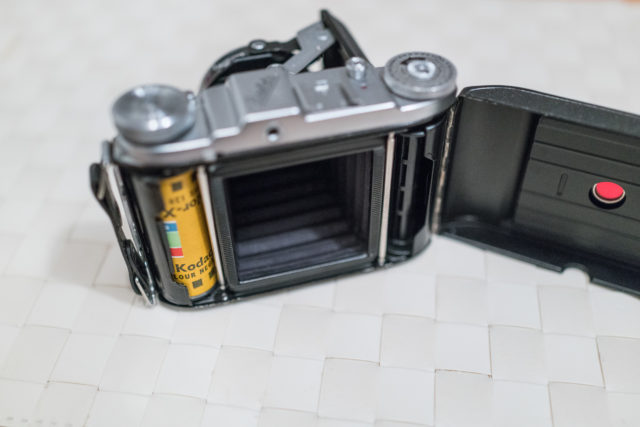
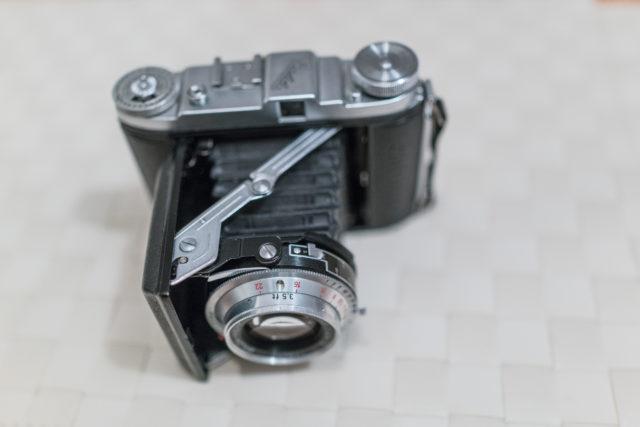
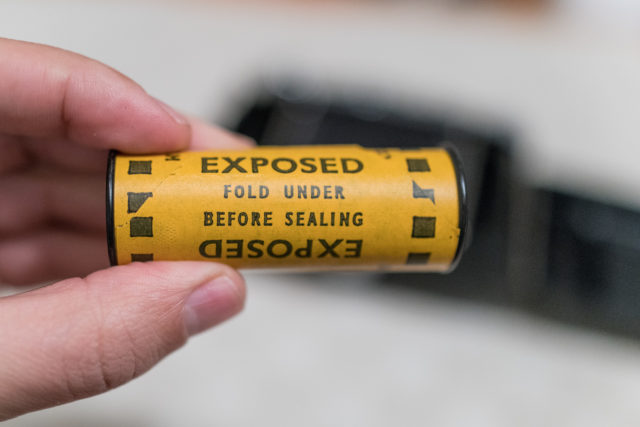
This is a Kodacolor X colour negative, made by Kodak between 1963 and 1974. The processing technology, named C-22 is a quite ancient one and isn’t compatible with the newer and better known C-41. Anyway, I’ve learned this C-22 is still possible to be processed as a manually developed black and white film, and this is just what I’ve done. This is the explanation to the fact that even being a colour negative film, the pictures I recovered are actually black and white.
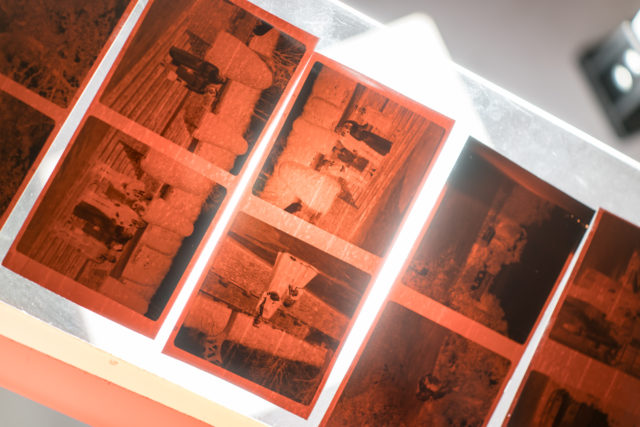
About the images, is quite easy to notice that we are witnessing a discrete low profile wedding, happened somewhere in a small town, or a rural area. The cars we see in the pictures are telling us quite clear we are in England, and it’s somehow confirmed by the landscape and human subjects too. Talking about the cars, one of them, that one already wedding decorated, is an Austin Maxi, made in England between 1969 and 1981, and this particular one, it seems it was made in the first part of the interval, judging by the mirrors position. Obviously, I searched online for the plate number, and I discovered that car was actually first registered in Edinburgh, somewhere between August 1973 and July 1974.
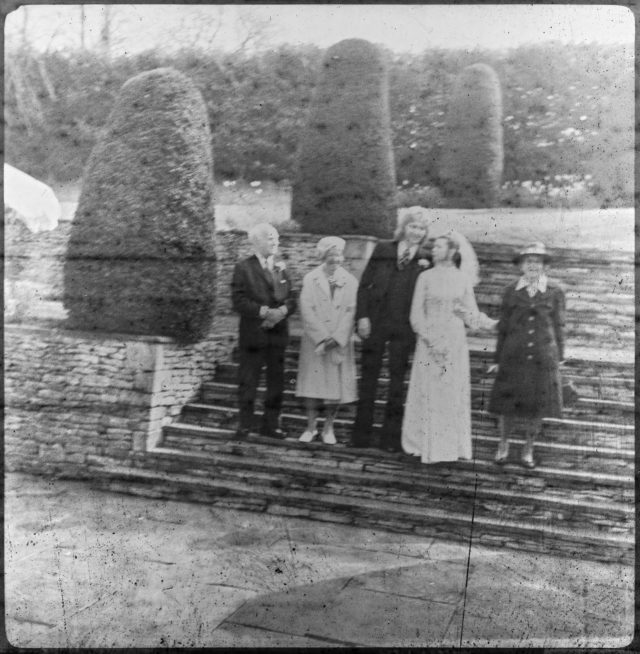
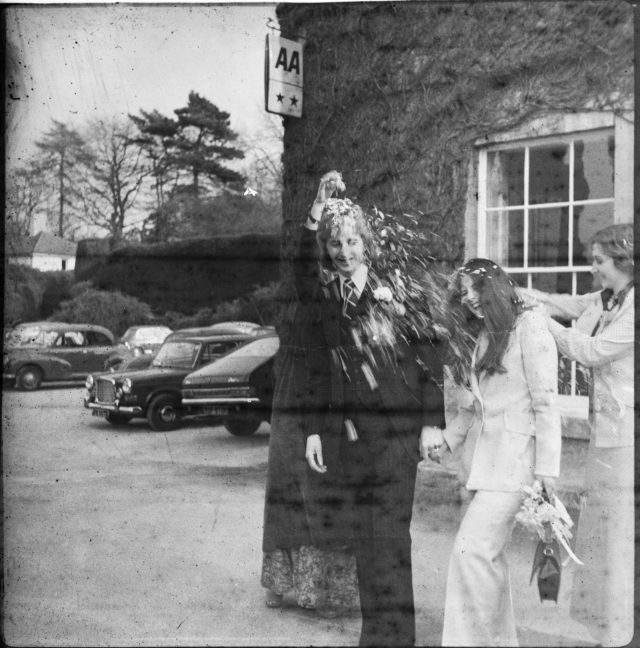
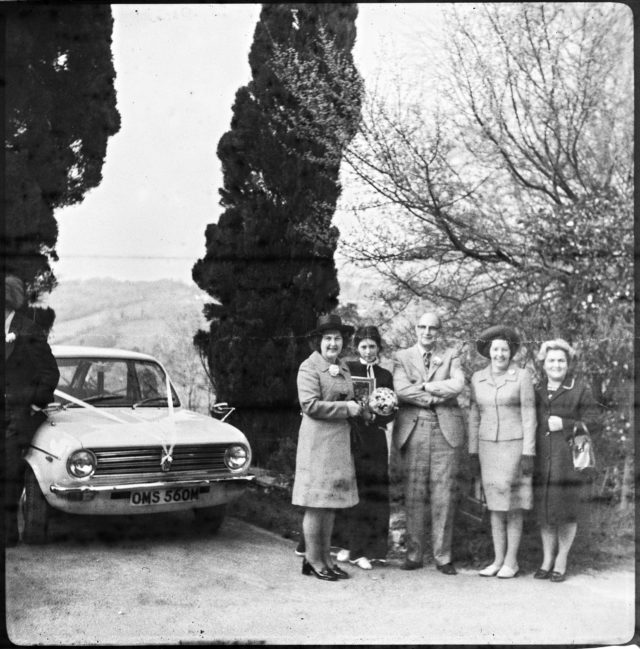
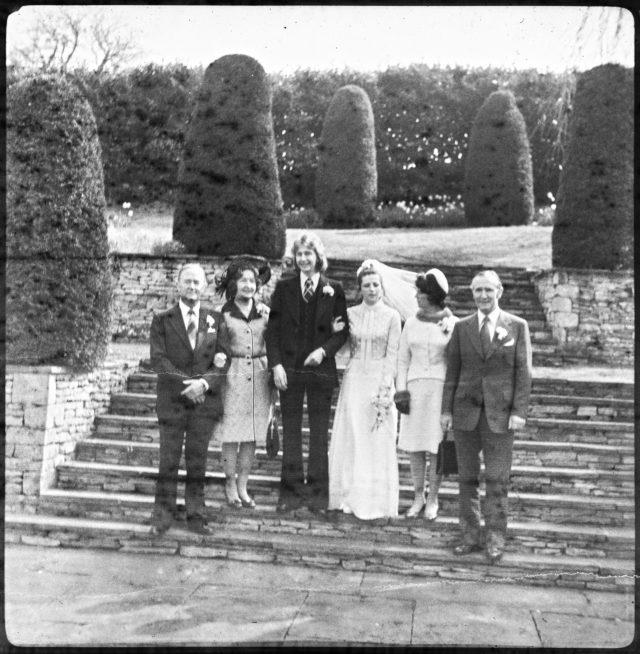
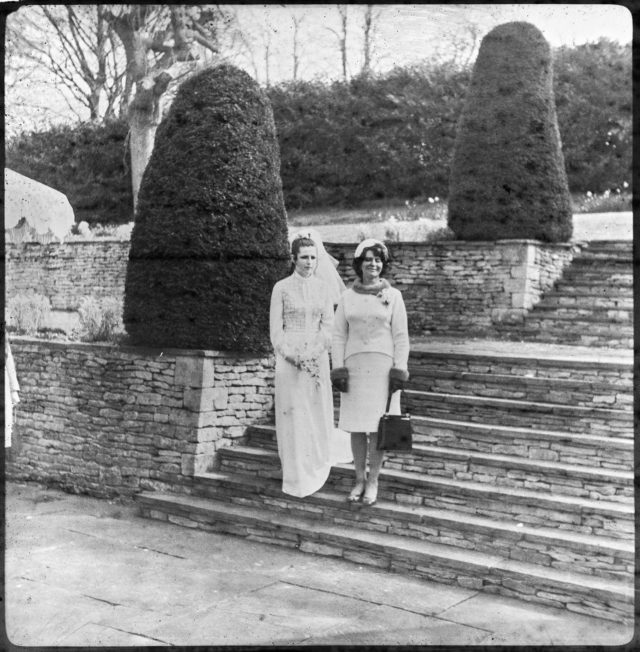
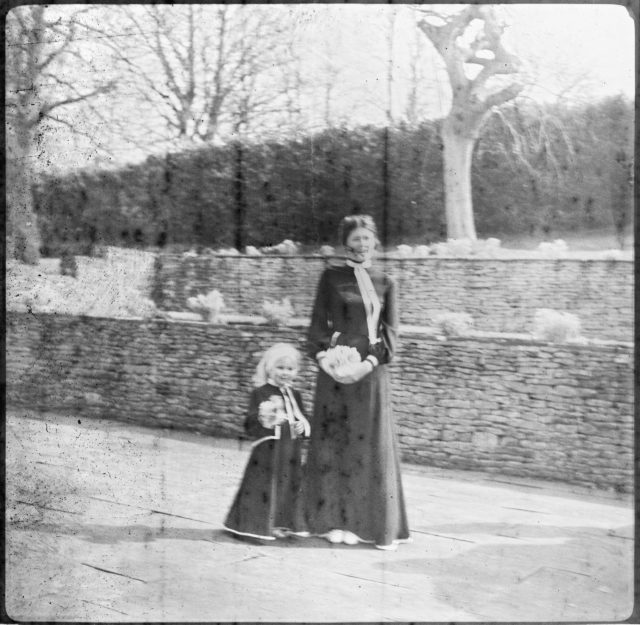
Going all over this again, we have a camera made till the 60’s, a colour negative roll film produced somewhere between 1963 and 1974, a film developing process popular between 1950 and 1973 only, and a 1973-1974 Edinburgh registered car, produced between1969 and 1981… so, we probably we aren’t quite wrong saying we witness a Scottish wedding from 1973.
So, we achieve the technical performance of processing a 43 years old negative and to recover some images which not even those pictured in them had not ever been able to see them. Decades surviving images inside a photographic camera that hasn’t been opened all this time. We’ve also learned that the camera was shipped from Southam (UK), near Birmingham, were was placed years in a row on a shelf of a local collector who it seems that he never had the curiosity to open it. Of course, this is a great experience for a photographer like me considering the fact that I was able to process a roll film exposed 5 years before my birth.
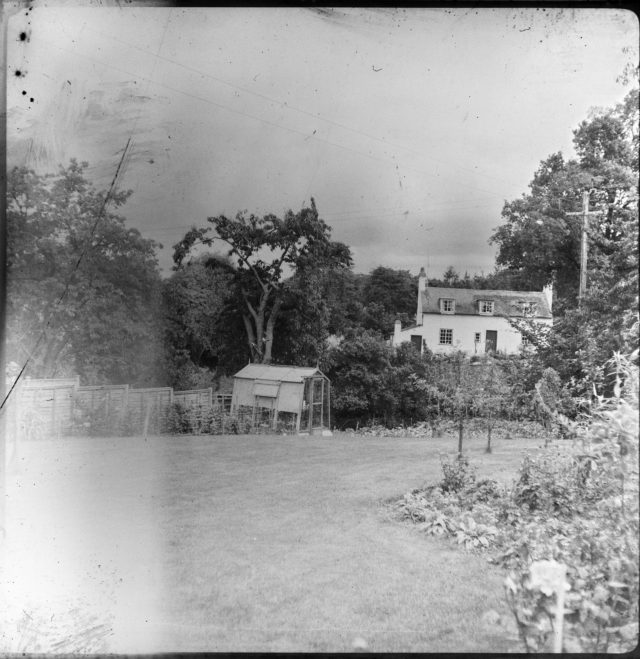
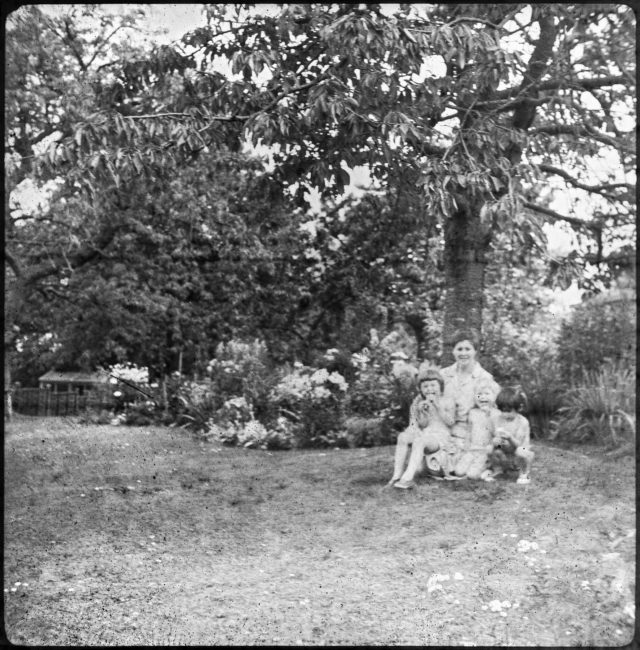
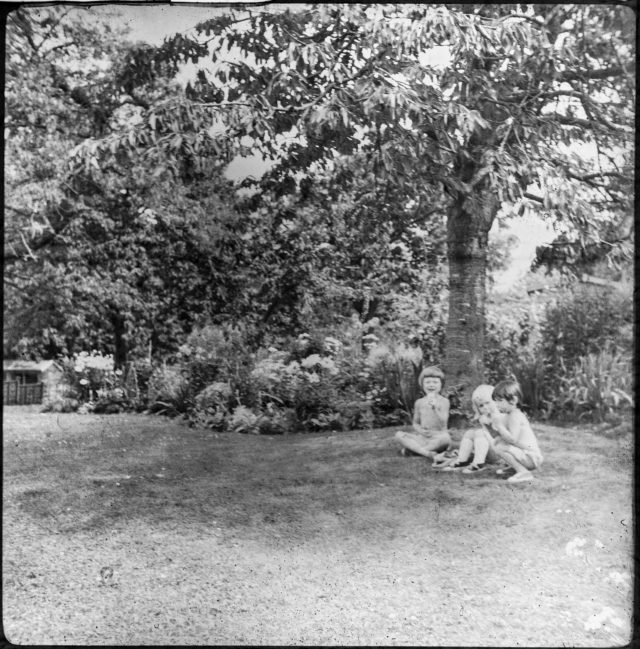
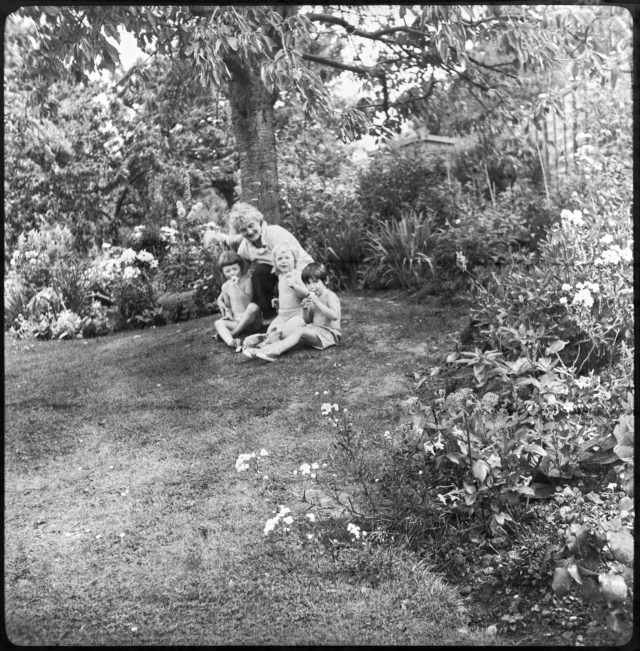
Obviously, a happy end will complete this beautiful story. Your help is needed to share this to all your British friends. Who knows, maybe someone will hopefully recognise his/ her family, and I’ll have the opportunity to return these images to those entitled to receive them.
___________________
[RO] Povestea este asa: zilele trecute am cumparat un aparat foto ieftin, dar oarecum rar (BALDA BALDIX FOLDING CAMERA 75mm f2,9 BALTAR LENS, produsa undeva pana in anii 60′ – pentru cei interesati de detalii tehnice), iar cand l-am deschis, spre surprinderea mea, am descoperit un film nedevelopat in interior. Evident, l-am developat imediat si am recuperat 10 imagini cat se poate de utilizabile, pastrate intr-o conditie mai mult decat decenta, avand in vedere varsta.
Filmul este un Kodacolor X, produs de catre Kodak intre anii 1963 – 1974. Evident este un film color, dar arhaic dupa criterii actuale. Procesul de developare, numit C-22 (popular intre anii 1950-1973), nu este compatibil cu procesele moderne (C-41, de ex.), dar filmul se pare ca poate developa manual in solutii de laborator alb-negru, ceea ce am si facut (asa se explica si faptul ca am obtinut imagini alb-negru, chiar daca filmul este color).
Despre imagini, nu e greu sa deducem faptul ca vedem o nunta, dar este una discreta, de mica amploare, intamplata undeva intr-un oras mic, sau intr-o zona (probabil) rurala. Masinile din cadru ne spun clar ca suntem in Anglia, lucru oarecum confirmat atat de peisaj, cat si de personaje. Daca tot am mentionat masinile, unul din automobile prezente la nunta, decorat special pentru aceasta ocazie, este un Austin Maxi, produs in Anglia in intervalul 1969-1981, iar cel pe care il vedem pare a fi unul realizat in prima parte a intervalului, judecand dupa oglinzile montate pe aripile laterale. Evident ca am cautat online numarul de inmatriculare si am descoperit ca prima inregistrarea a acestuia a avut loc in Edinburgh, undeva in intre august 1973 si iulie 1974.
Recapituland, avem o camera produsa pana in anii ’60, un film produs in perioada 1963-1974, un proces de developare popular intre anii 1950-1973, iar in fotografie vedem o masina ce a fost vanduta in intervalul 1969-1981, cu o placuta de inmatriculare inregistrata in 1973-1974, in Edinburgh. Procesand cele de mai sus, nu cred ca o sa gresim prea tare daca presupunem ca ne aflam la o nunta scotiana care s-a intampla in anul 1973.
Asadar, am reusit performanta tehnica de a developa un film fotografiat acum 43 de ani si vedem niste imagini pe care nici cei fotografiati nu au avut sansa sa le vada. Imaginile care au supravietuit in interiorul unui aparat de fotografiat ce a stat inchis toata aceasta vreme. Camera a fost livrata in Romania din Southam (UK), localitate aflata in apropiere de Birmingham, unde a stat cativa ani buni in raftul unui colectionar care probabil nu a avut niciodata curiozitatea sa o deschida. Pentru mine, ca fotograf, e o experienta deosebita, nu se intampla in fiecare zi sa am sansa sa developez un film realizat cu vreo 5 ani inainte sa ma nasc.
Evident, povestea ar fi completa daca ar exista un happy-end. Va rog sa share-uiti aceste imagini prietenilor vostri britanici. Cine stie, poate cineva isi va recunoaste familia, iar eu voi avea posibilitatea sa returnez aceste imagini celor in drept sa le primeasca.
If it helps MSN car registrations were from Stirlingshire not Edinburgh.
MS car registrations.
Of course, it could be any type of formal gardens, but it reminds me a bit of Drummond Castle and Gardens near Crieff in Perthshire.
Hi Alex
I live in South West Scotland and think the hotel in your lost photos looks very like a country house hotel just outside the town of Dumfries. The hotel is called Mabie House Hotel. Looking into the history, it seems it was first opened as a guest house in the 1970’s so it may be possible it is the venue you are searching for.
http://www.mabiehousehotel.co.uk/history-of-mabie-house/
I hope this helps. Best of luck in your quest.
Regards
Anna
I also think it is Mabie house hotel
Also looks similar to Auchen Castle at Moffat
Cheers
Great find and great to be published in the news! Should you find the owners It looks like those photos could do with restoring too! On 2 1/4 film they should hold some great detail!
Good morning, According to the data I have, the area indicator (the second two letters) is MS – which narrows the vehicle to Stirling, Scotland until 1981. The styles of the clothes (according to my colleague who grew up in Scotland at that time) in the pictures suggests the image was likely taken when the car was near new. (translated to Romanian to assist below).
Bună dimineața, Conform datelor pe care am, zona indicator (a doua două litere) este MS – care se îngustează vehiculul la Stirling, Scoția până în 1981. stiluri de haine (în conformitate cu colegul meu, care a crescut în Scoția la acel timp), în imaginile sugerează imaginea a fost probabil luată când mașina era aproape nouă.
The photo of the hotel is likely to be the Bucceleugh Arms, at St Boswells in the Scottish Borders The window is the same shape and google street view gives it better perspective. visit at https://www.google.co.uk/maps/@55.5683225,-2.6487248,3a,75y,304.42h,89.36t/data=!3m7!1e1!3m5!1sveAS7x8qVJr5lB7KtUnw4A!2e0!5s20160901T000000!7i13312!8i6656!6m1!1e1?hl=en-GB best wishes for a happy outcome – David Ryan
The corner of that hotel looks really like the Ardlui hotel on Loch Lomond. It still has the same Ivy and the house in the background.
We have a similar film from an old box or TLR camera i bought on ebay, I really must get it processed sometime and see what it contains.
I think the hotel looks like Hill of Tarvit mansion house in Cupar, Fife, which is now owned by the National Trust.
I think the hotel appears to bear a striking resemblance to the Burleigh Court Hotel near Stroud in Gloucestershire. I know this isn’t Scotland, but I cannot get over the similarity.
http://www.burleighcourthotel.co.uk/
As you surely know by now, the hotel is in south-west England: http://www.bbc.co.uk/news/uk-scotland-38162810 FWIW, the groom appears to be wearing a ‘Saltire’ (Scottish dark blue and white flag) tie – he’s therefore undeniably Scottish by birth. Was the wedding car driven down from Stirling?
In the “AA**” picture, you can see the groom holding his bride with one hand, sprinkling them with confetti with the other, and then he has a THIRD hand hanging spare. What you’re looking for is a three-armed groom. :-)
What a lovely ending to the story – glad the family came forward and you can return to them. Massive respect to you Alex Galmeanu for going to the trouble of finding them. Social media / the internet being used in a positive way!
Pre-internet, this would be one of the human-interest stories of the century! Well done Alex:}
Well done for processing the film and what a lovely story. The old film must not be developed in modern high temperature C41, it melts! It can be successfully colour processed in C41 provided the chemical baths are at 18 degrees C. The negs would be difficult to print on modern kit, so are best scanned and adjusted on screen